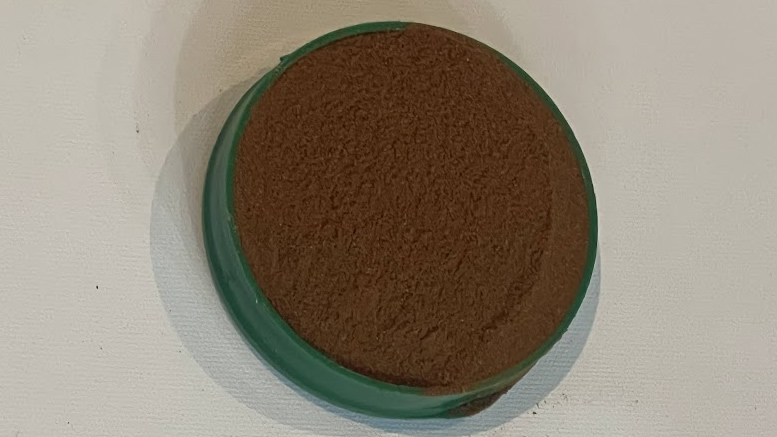Masala, a cornerstone of Indian culinary tradition, encompasses a diverse array of spice blends tailored to suit various dishes.
The composition of masala varies significantly depending on the desired flavor profile and regional culinary preferences. Some masalas are meticulously crafted with a combination of spices, often including coriander, cumin, turmeric, and chili powder, among others. These spices are ground into a fine powder, lending depth and complexity to curries, stews, and other dishes.
In traditional Indian cooking, masalas are not just about adding heat or spice; they are about layering flavors to achieve a harmonious balance. Each spice contributes its unique aroma, taste, and complexity to the final dish. For example, the warmth of cinnamon, the floral notes of cardamom, and the earthiness of cumin come together to create a rich and aromatic masala blend.
One of the distinguishing features of masala is its versatility. It can be used to season meats, vegetables, lentils, and rice dishes, adding depth of flavor and complexity to every bite. Whether it’s sprinkled over grilled meats, stirred into creamy sauces, or simmered with vegetables, masala elevates the taste of every dish it touches.
In addition to its culinary applications, masala also holds cultural significance in Indian cuisine. It is often passed down through generations, with each family having its unique blend of spices and secret recipes. Masala-making is considered an art form, with skilled cooks adjusting the proportions of spices to suit personal taste preferences and regional culinary traditions. Ultimately, masala embodies the essence of Indian cooking, infusing dishes with warmth, vibrancy, and soulful flavors that celebrate the richness of the country’s culinary heritage.

